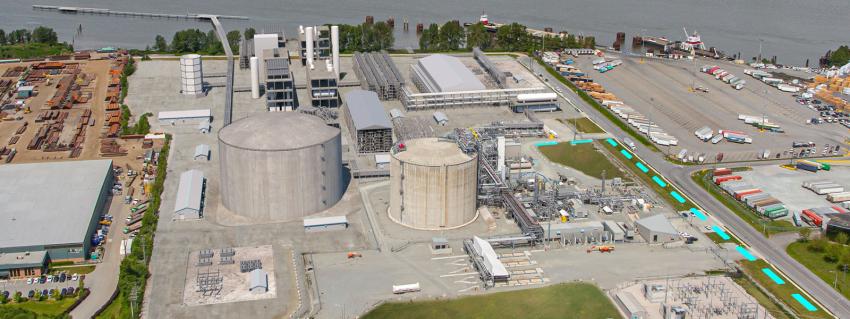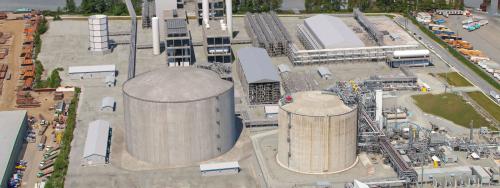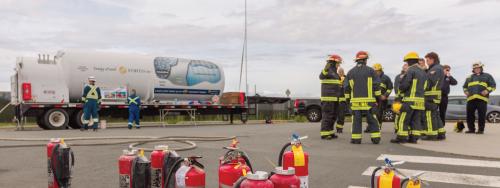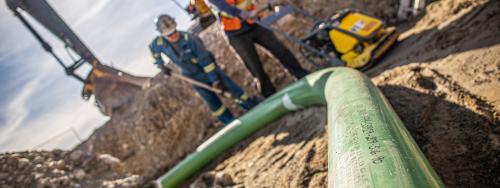The detailed project description has been filed with the BC Environmental Assessment Office (BC EAO) to complete the early engagement phase of the project. It will also be filed with the Impact Assessment Agency of Canada. Here is a summary of what you need to know about the project and how we have incorporated feedback.
Project overview
The Tilbury Phase 2 LNG Expansion would play a role in British Columbia’s lower-carbon energy future in two main ways:
- First, the construction of a new LNG storage tank would help meet the need to strengthen the resilience of FortisBC’s Lower Mainland gas system.
- Second, the construction of new liquefaction capacity would meet the need of the market for LNG as a transportable and storable low-carbon intensity fuel.
One benefit of LNG is that it has lower carbon emissions than fuels like diesel, bunker oils and coal. If all the LNG produced by the project displaced coal, the emissions reductions would be equivalent to removing 1.5 million cars off the road each year, or roughly all of the passenger vehicles in the Lower Mainland as of 2020.
The project could also provide significant economic benefits to BC, adding an estimated $1.7 billion to the province’s GDP during construction as well as ongoing government tax revenue.
How your input is used
The input gathered during the early engagement phase of the project helps establish the foundation for the rest of the environmental assessment. During this phase, FortisBC participated in virtual open houses and virtual workshops to understand potential interests and issues related to the project. The information gathered from environmental assessment participants such as Indigenous groups, government agencies and the public have helped inform the detailed project description. FortisBC is committed to ongoing engagement and will continue to gather feedback throughout the environmental assessment process including during upcoming public comment periods.
What’s changed on the project
Since launching the project in February 2020, FortisBC has refined the design to ensure the project is technically and economically feasible, while still meeting our goals of enhancing the resiliency of our gas system and offering customers LNG to reduce their greenhouse gas emissions. As a result of this work, we have reduced the proposed capacity of the project, as follows:
- The proposed storage capacity has been reduced 12% to 142,400 cubic metres.
- The proposed liquefaction capacity has been reduced 28% to 2.5 million tonnes per year.
What’s next in the environmental assessment
The BC EAO and Indigenous groups will be evaluating the detailed project description and the comments received during early engagement to determine whether there is enough information about the project to proceed to an environmental assessment. FortisBC will continue to engage with Indigenous groups, stakeholders and the public as the project moves forward including during new public comment periods expected next year. For the latest project information visit talkingenergy.ca/tilburyphase2.



